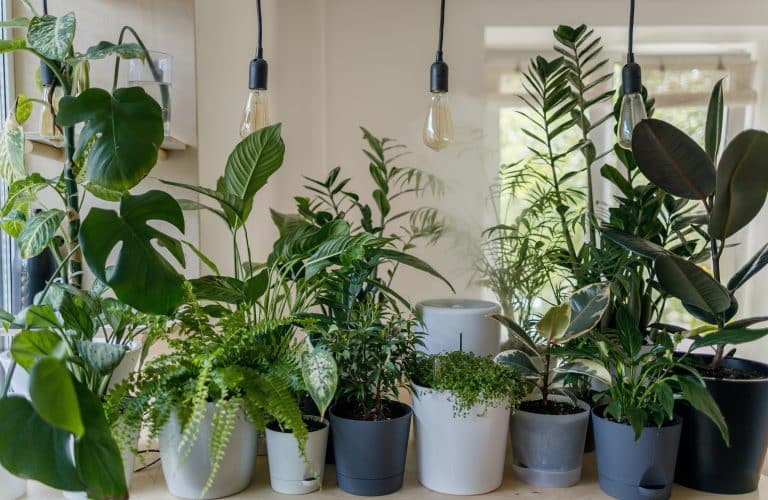In an urban landscape where green spaces are a luxury for many, houseplants are emerging as not just stylish home decor but as affordable gateways to better mental health. For the one in eight UK households without access to any garden, particularly affecting young people and those from minority ethnic backgrounds, houseplants provide a vital link to nature that can significantly impact overall well-being.
While extensive research on the mental health benefits of houseplants is still underway, numerous studies highlight the positive effects of green spaces and gardening on mental health. For instance, individuals who engage in daily gardening exhibit better well-being and lower stress levels compared to non-gardeners. These findings pave the way for understanding the potential emotional benefits derived from caring for indoor plants.
A comprehensive review of 42 studies underscores the positive impact of indoor plants on both mental and physical health. Experimenting with activities in rooms with or without plants revealed improved cognitive task performance, increased pain tolerance, and reduced physiological stress when surrounded by indoor greenery. Additionally, aesthetic preferences play a role, with lush, green plants with rounded and dense foliage eliciting more positive reactions from individuals.
Beyond the psychological advantages, houseplants offer tangible benefits for physical health. They act as natural purifiers, removing pollutants such as carbon dioxide, nitrogen dioxide, fine particles, and volatile organic compounds from the air. Given that many people spend the majority of their day indoors, maintaining optimal indoor air quality becomes crucial.
However, achieving significant pollutant removal would necessitate a considerable number of plants in a well-lit room, a challenge for most individuals. For those willing to give it a shot, plants with a high leaf area, such as the India rubber tree (Ficus elastic) or devil’s ivy (Epipremnum aureum), are recommended.
Indoor plants may also contribute to increasing air humidity, addressing the prevalent issue of dry indoor environments. Maintaining optimal humidity levels can prevent the spread of viruses, fungal growth, and alleviate discomforts like dry eyes and skin. English ivy (Hedera helix), Devil’s ivy (Epipremnum aureum), and Peace Lily (Spathiphyllum) are among the best choices for enhancing humidity levels, depending on room conditions.
Contrary to common belief, one need not possess a green thumb to enjoy the benefits of houseplants. Gardening is a continuous learning process, with even seasoned enthusiasts encountering challenges and setbacks. Embracing trial and error, learning from mistakes, and adapting to different plant requirements are fundamental aspects of cultivating indoor greenery.
For beginners, selecting plants suited to the specific conditions of their homes is essential. Some resilient options include the spider plant (Chlorophytum comosum), parlour palm (Chamaedorea elegans), and varieties from the cactus and succulent families, such as the zebra cactus (Haworthia) or jade plant (Crassula ovata). Growing herbs is also an inexpensive and practical starting point, offering an additional culinary benefit.
Technology aids this botanical journey, with apps available to assist in plant care. These apps offer advice, reminders, and forums for plant enthusiasts to seek guidance and share experiences. In essence, cultivating houseplants transcends mere decoration; it evolves into a hobby that fosters continuous learning, self-expression, and a tangible sense of accomplishment.
In conclusion, the growing trend of incorporating houseplants into indoor spaces goes beyond aesthetics. The mental health benefits, coupled with the physical advantages, position indoor greenery as an accessible and enriching addition to homes, particularly for those without access to outdoor green spaces. Embracing the world of houseplants becomes not only a visual delight but a journey towards improved well-being and a greener, healthier living environment.

